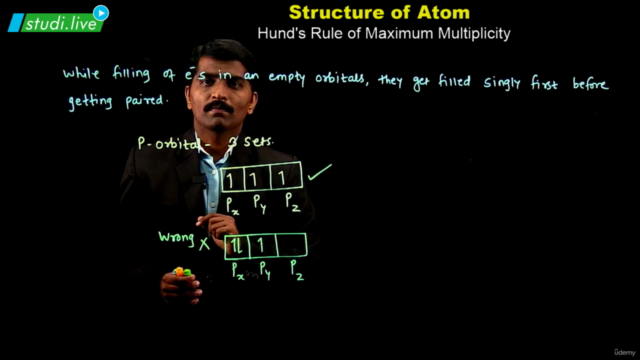Physical Chemistry - Structure of Atom
Complete Chemistry for Engg and Medical Entrance Exam Preparation. ( IIT JEE Main | Advanced | BITSAT | SAT | NEET etc.)
5.00 (1 reviews)

29
students
6 hours
content
Mar 2022
last update
$34.99
regular price
What you will learn
Know about the discovery of electron, proton and neutron and their characteristics
Describe Thomson, Rutherford and Bohr atomic models
Understand the important features of the quantum mechanical model of atom
Understand nature of electromagnetic radiation and Planck’s quantum theory
Explain the photoelectric effect and describe features of atomic spectra
State the de Broglie relation and Heisenberg uncertainty principle
Define an atomic orbital in terms of quantum numbers
State Aufbau principle, Pauli exclusion principle and Hund’s rule of maximum multiplicity
Write the electronic configurations of atoms
Screenshots




Related Topics
4534690
udemy ID
2/5/2022
course created date
3/17/2022
course indexed date
Bot
course submited by